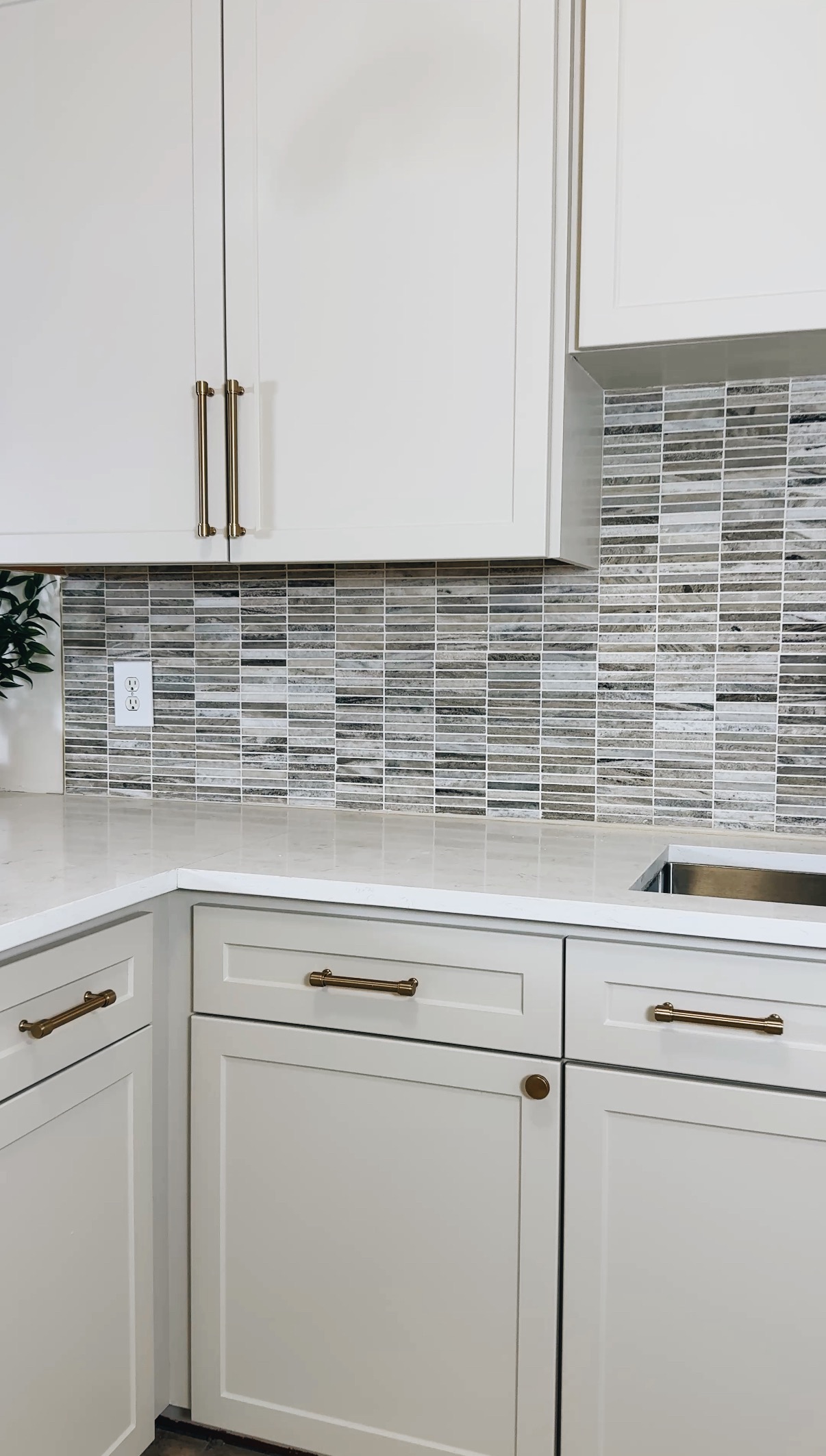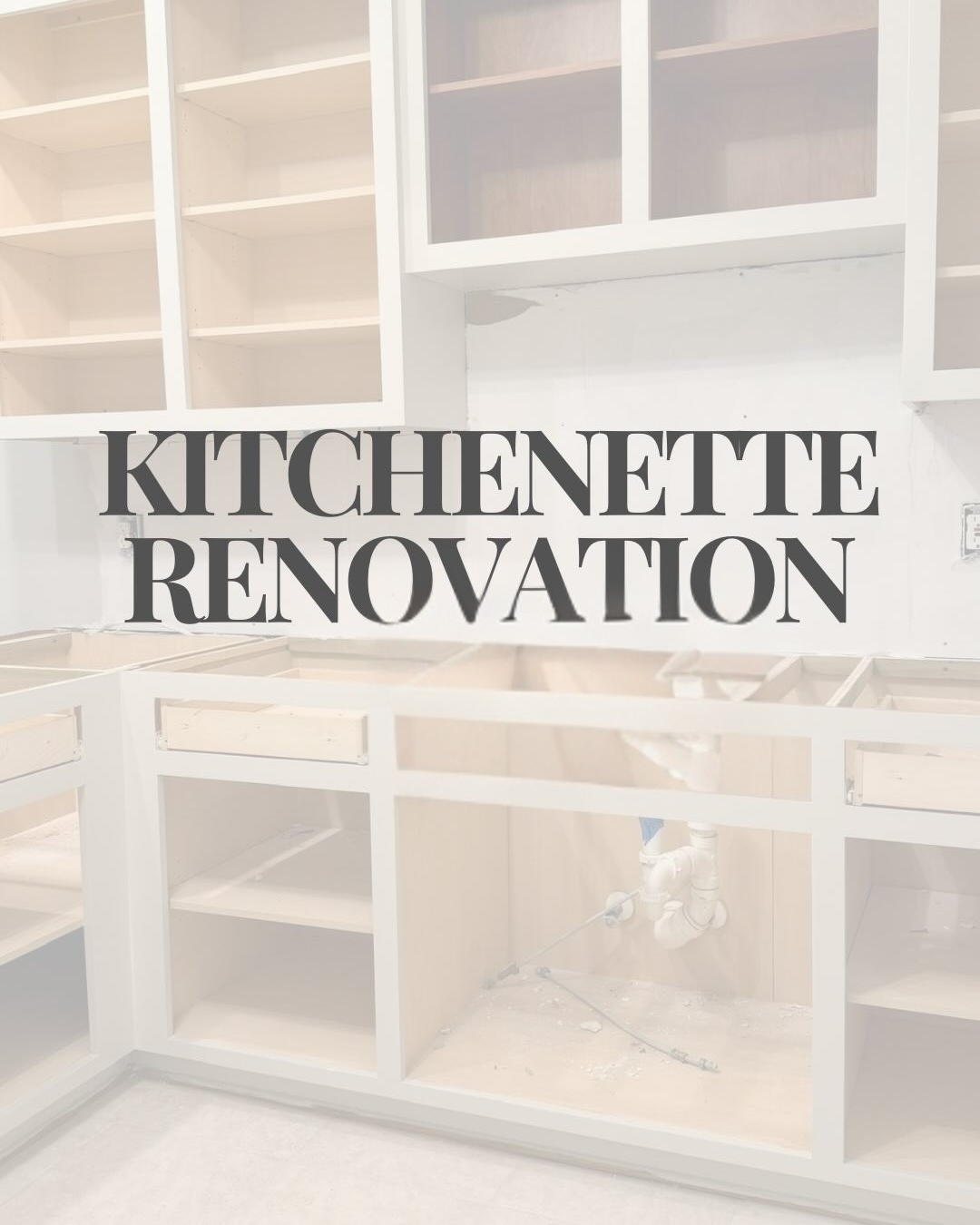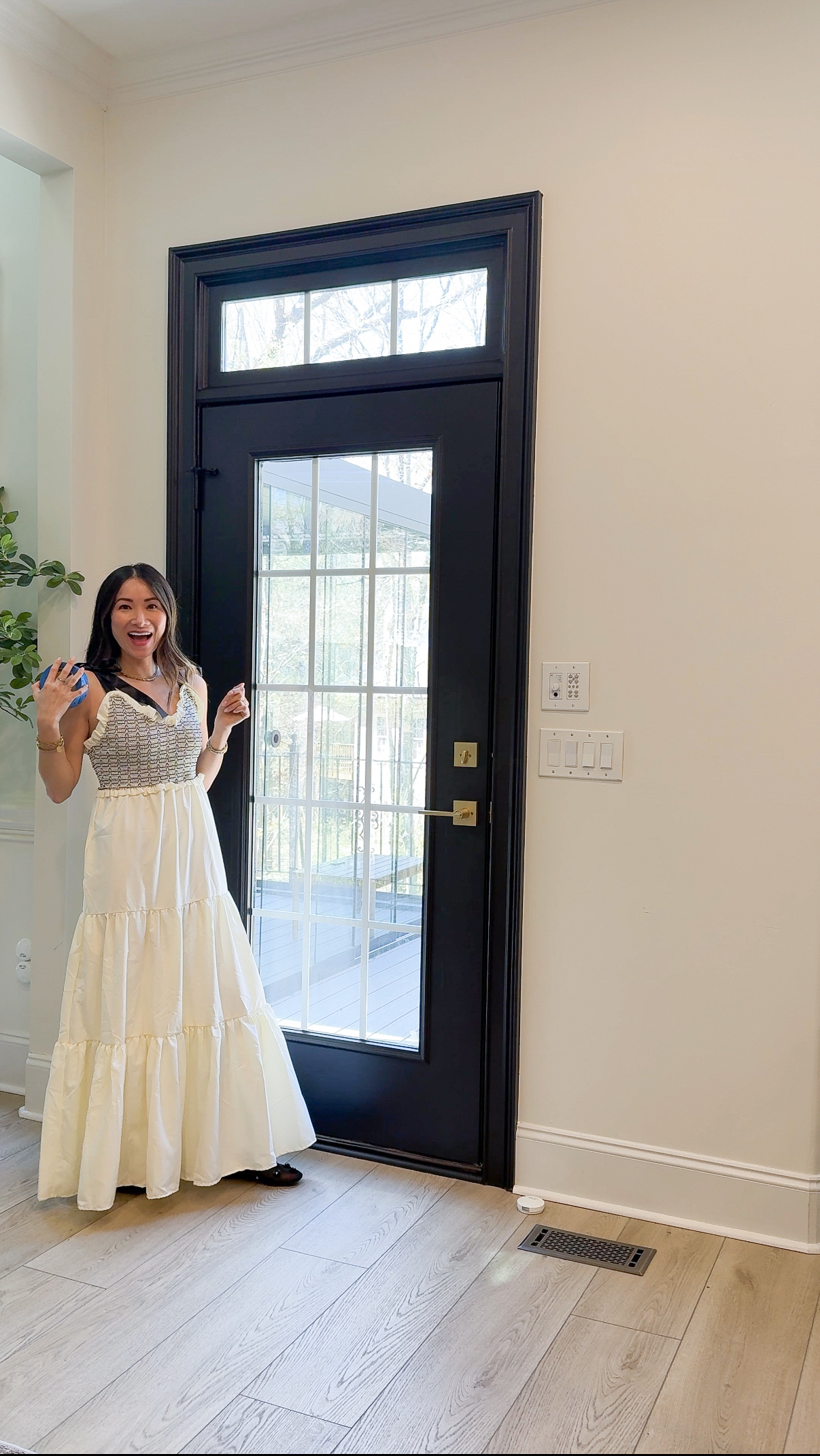Hi
I'm Bong
I'm just a girl who likes to DIY anything and everything. More than that, I love teaching people - especially women - how to pick up power tools and create the home of their dreams. Stop waiting for someone else and starting Doing It Yourself. I'll show you how!
diy projects
diy school
life hacks
categories
must have products
I’m not an expert on tiling back splash so I have chosen the Zellige tiles. The trend right now is these handmade Moroccan tiles which is what I’m choosing. I’m doing the two-by-six size and these are purposefully organic and uneven. That’s what’s great about this, you can’t really mess these up because they are made to look imperfect.
I’m using this ready-to-use mortar because I don’t want to worry about mixing it. It does cost a little bit more, but to me, it’s totally worth it. I ordered it in white, just because my tiles are white, but there are different colors. If you want to know, since it and mortar are used interchangeably, see how it has both of them the same thing and I already opened it. The consistency is perfect for this tile.
I have a V-notch trowel and this is what you will need for this specific tile. The notch size I use is 3/16. If you’re using a larger tile you need one with larger notches so just make sure that you get the right one. I probably won’t need very much because I’m stacking spacers. And then last but not least, I have my laser level. I’ve had this one for a while. It’s very affordable and works great. I just love it.
Typically, you start in the center and then work your way out. The reason for that is you want to make sure that you’re not going to end with a teeny tiny sliver on one end. However, I didn’t want to do that so I just measured my wall and then divided it by two because my tiles are two inches wide and it ended up being like an even number so it was totally fine but typically you want to start in the middle of wherever your wall is or your focal point.
A couple of things to say about this one: the sticky stuff is called muscle-bound. The first thing I want to say about muscle-bound is to use the brand because the other ones really just don’t work near as well. I cannot use muscle bound on this project because my tiles are too Heavy. So with muscle-bound, there are a few Exceptions to when you can’t use it and these tiles just happen to be the exception. Some of it is based on the size of the tile, but this is really based on the weight because the tiles are so thick they wouldn’t work with muscle-bound but I do love it as a product.
Before I start putting the tile on the wall I need to open up a few boxes, probably between 2 and 4 boxes. I will then take tiles out of each one and sporadically place them so that you’re not using the same tiles from the same box in the same section. I hope that makes sense.
Before we start putting the tiles on the wall, you have to let the tile sit in water for about 2 to 3 minutes. this just releases the air from the tile. While you’re doing this you can see the bubbles coming up and it’s pretty fun. Not all tiles need to be soaked so just be aware of what material and type of tile you are using.
If you do need to set your tiles in water and are using muscle bound they need to be completely dry before placing them on the wall. However, if you are not using muscle bound then they can go on the wall wet.
So first I set up my laser level. And when you get up close to the tiles you can see that they are uneven, but the great thing about these tiles is that they are not uniform. That is perfect because then you don’t have to be a professional to install them.
The first thing you want to do is use the flat side of your trowel and get some of the mortar on it. I’m just going to spread some of the mortar with the flat side trying to get as close to the bottom edge as possible.
After that, use the notched side and Notch the mortar through. Now we’re going to do something called back buttering. You take your tile and basically butter it like a piece of toast with more mortar, using the straight side. Next, make sure the tile is level and push it in. Just continue to repeat this process. Make sure you hear the scraping when you use the notched side because if you don’t, you have too much mortar on the wall.
This next part is for when you have tiles that need to go around an outlet or a corner. There is probably a more professional way, but what I do is take a permanent marker and outline the outlet size on a tile. Then I use a wet saw to cut away the excess tile. It really is not an intimidating saw and is actually super fun to use. Then just continue the process with your new tile that fits around the outlet.
To talk a little bit more about the outlet situation. You want to cut around the outlet, big enough that you can still put your bottom and top screw into the correct placement. Not so big that the hole will show around your cover for the outlet.
You might come across a situation where you need to place tiles but there is no undersupport. What we did was just take a small piece of wood and screw it into the wall. This way my tiles won’t slide down off of the wall. After we finish tiling I will just remove the piece of wood.
I did use a few spacers during this project. Now, remember, the style of the tile is uneven and perfect. There were a few cases where the tile was going to be too shallow. I needed to lift it or a little too short and I needed to fill that gap.
I’ve shared this tool before but it just comes in handy so much when making weird little cuts. It’s called the contour gauge and it comes in a two-pack. It is a great set and you can use it for many different projects. So in this case I’m using it to get around the corners of my crown molding. I just stuck the contour gauge upper on my crown molding to get the layout for it.
Then I place the gauge on top of a piece of tile and just trace it out with a marker. now I know where exactly to cut. It is so helpful. Once again I will use my wet saw, remember just a bunch of tiny little cuts until those pieces can break off easily.
Now it is time to grout. I’m using SimpleGrout but Maypai is also a great brand. I am using it in the color “Bright White”. Grouting can be physically strenuous but I think it is also super fun. As far as supplies go you will need grout, afloat, and then a bucket and sponge. So what we’re going to do is work in about 5 to 10 square feet at a time. Make sure to push the grout in from all the different angles.
After you push the grout in with the float, clean off the excess grout with a sponge. After 4 hours, clean the tiles again with a sponge. Don’t forget to clean out your sponge pretty often. This was the part of the process that took so long. This is also why you want to work in small patches. If you don’t want the grout to be super dry when you’re trying to wipe it off of the tiles.
After the tile is cleaned off I will caulk around the edges to just give it that nice finished look.




